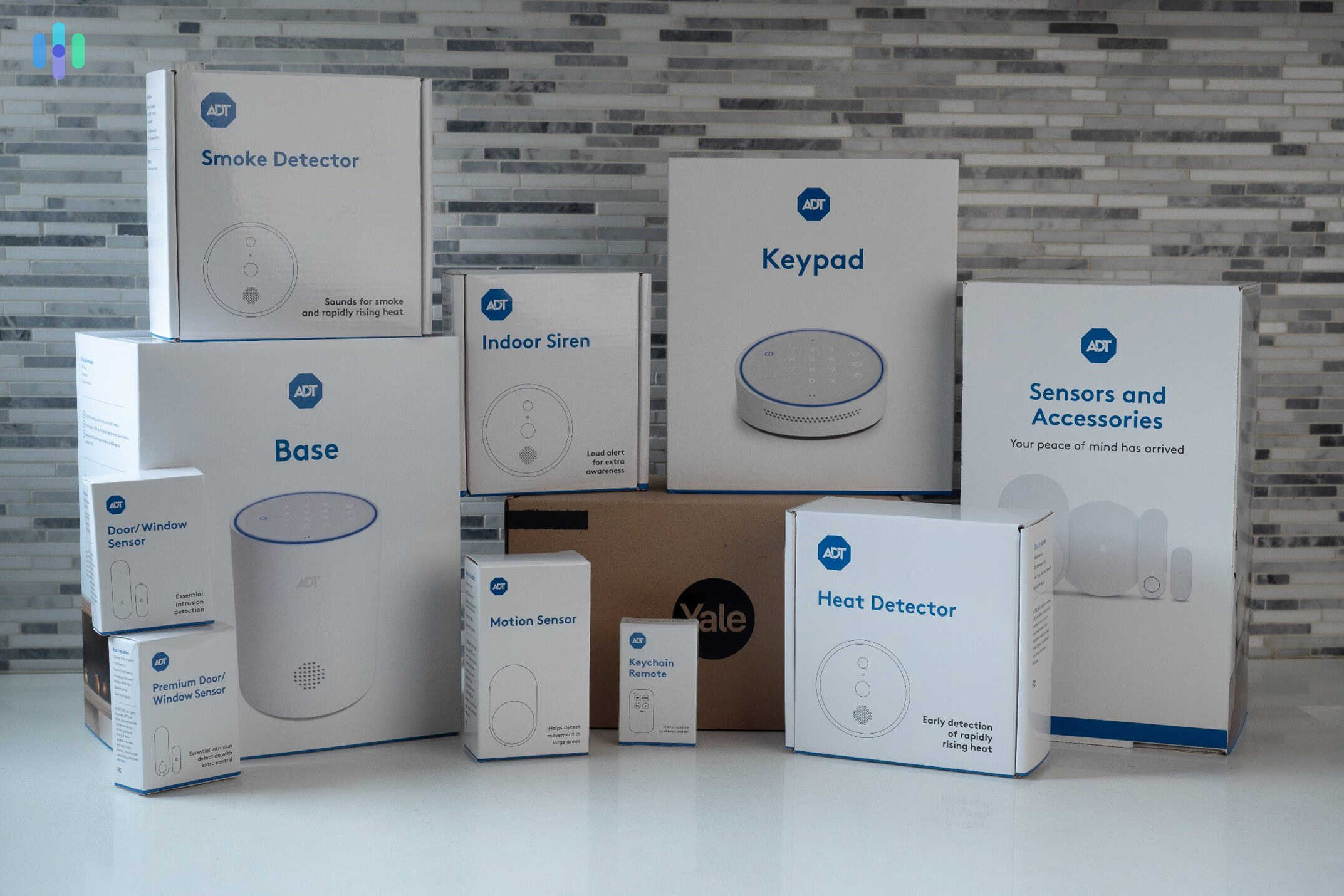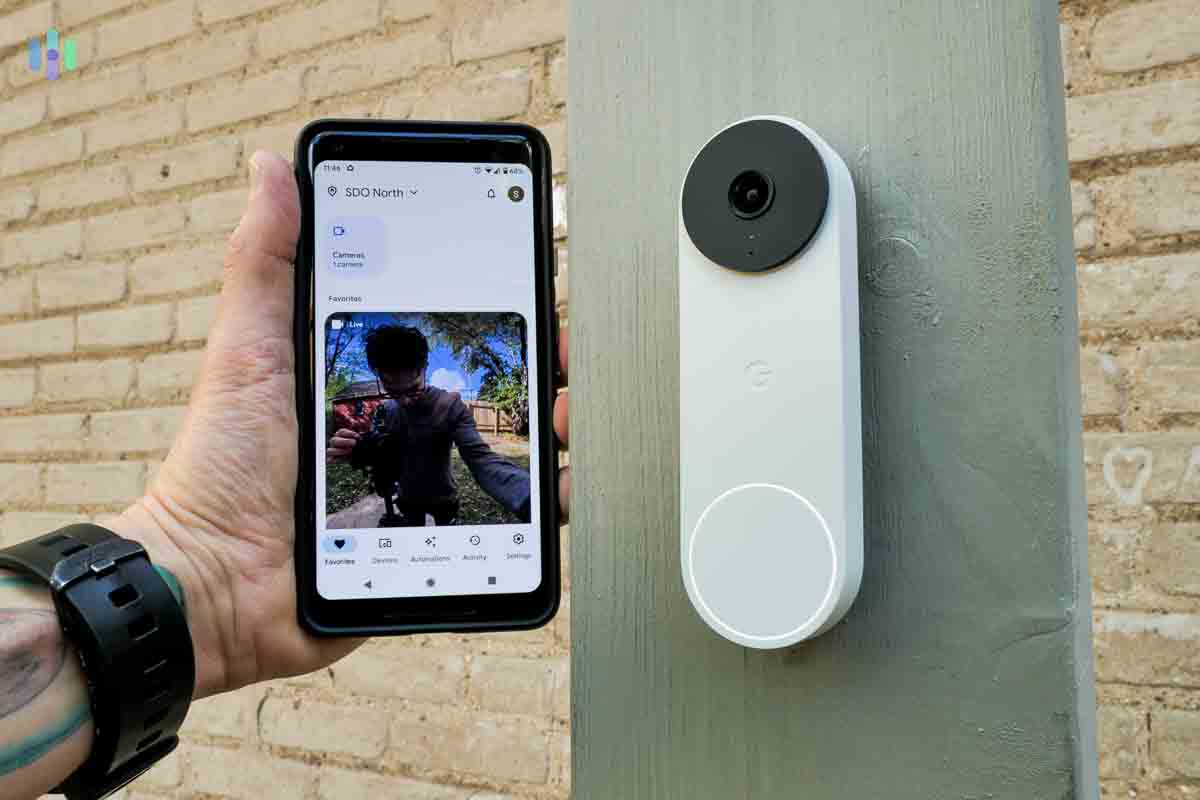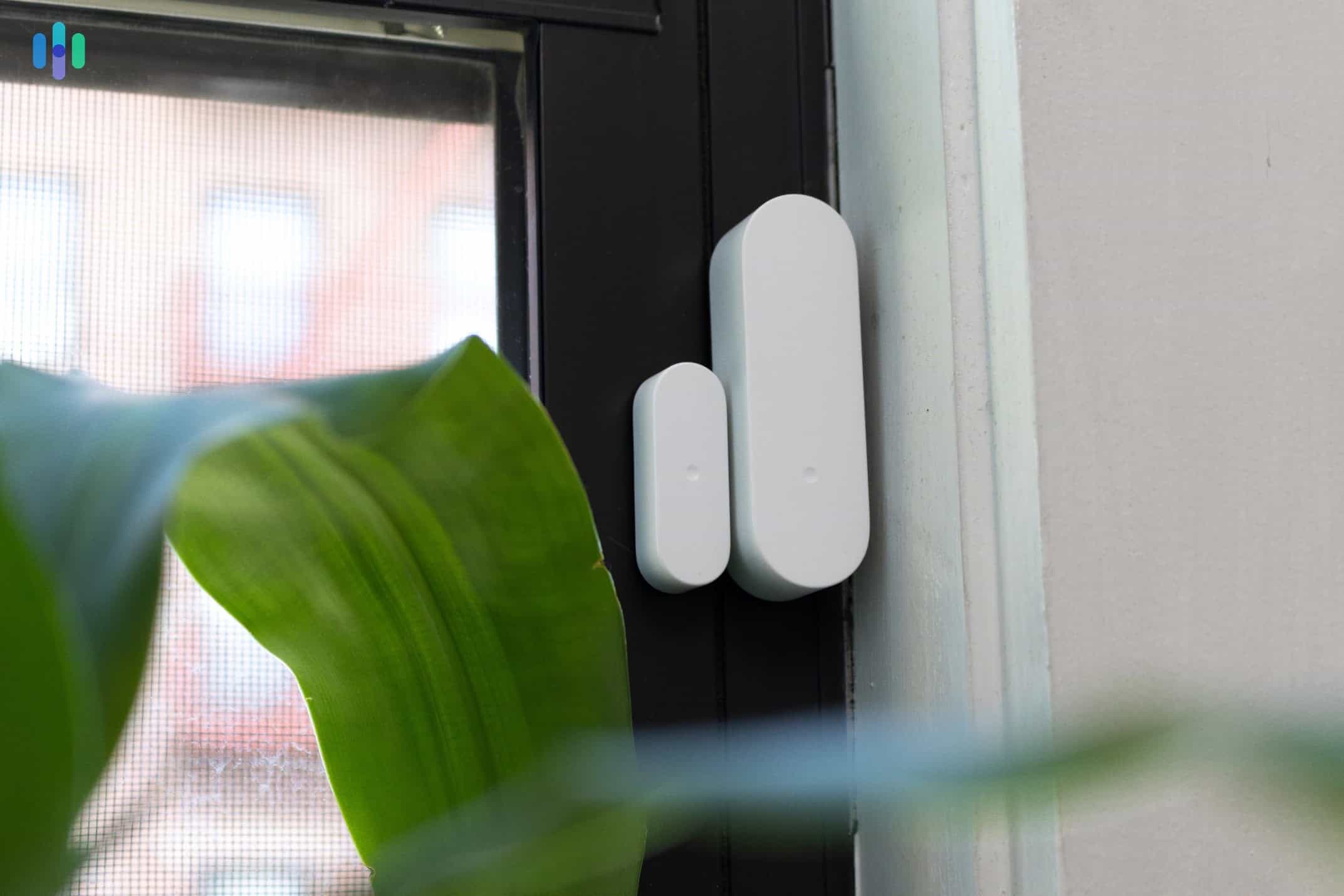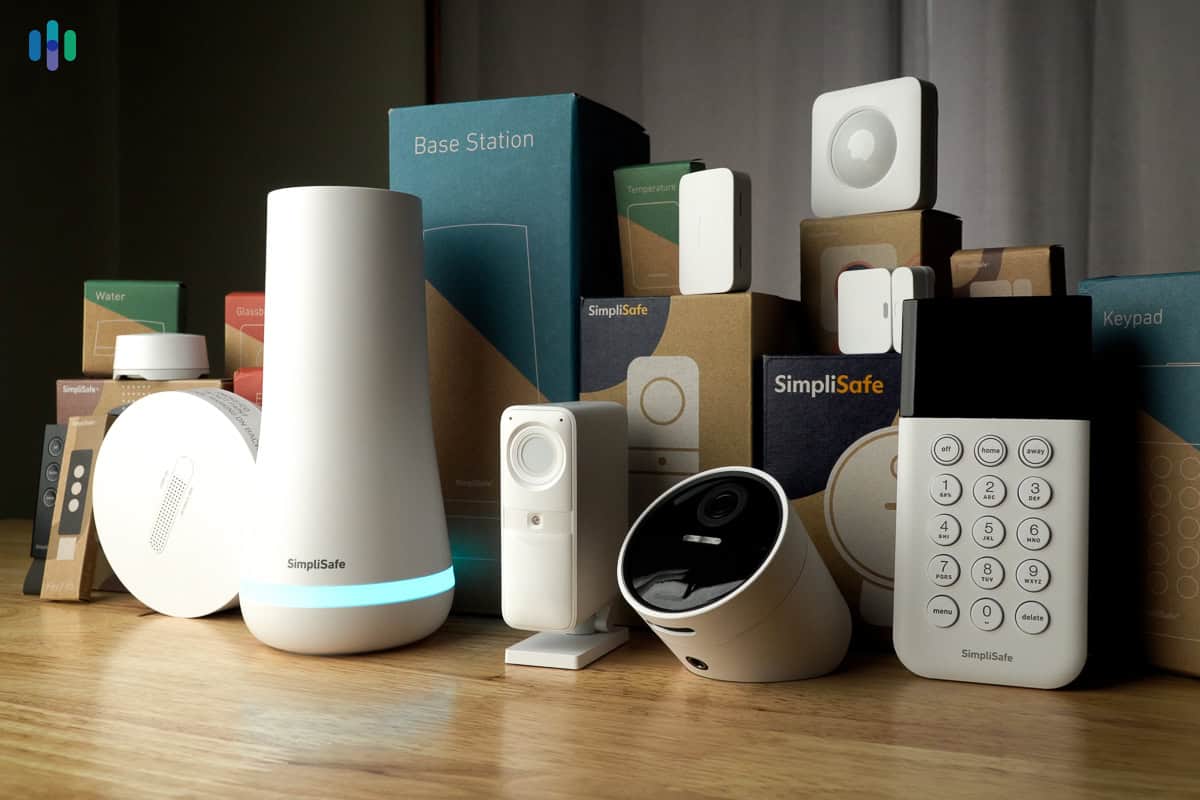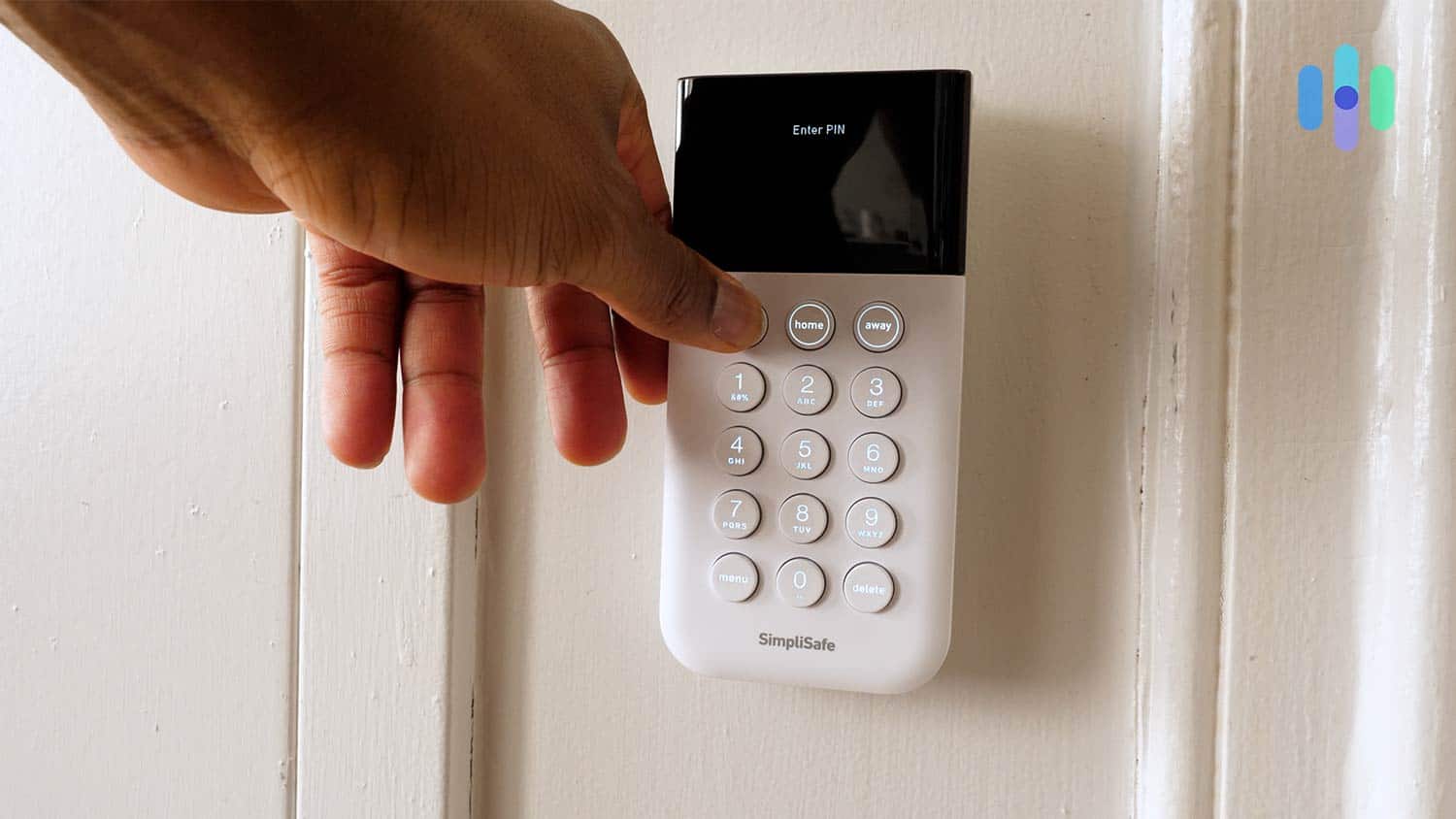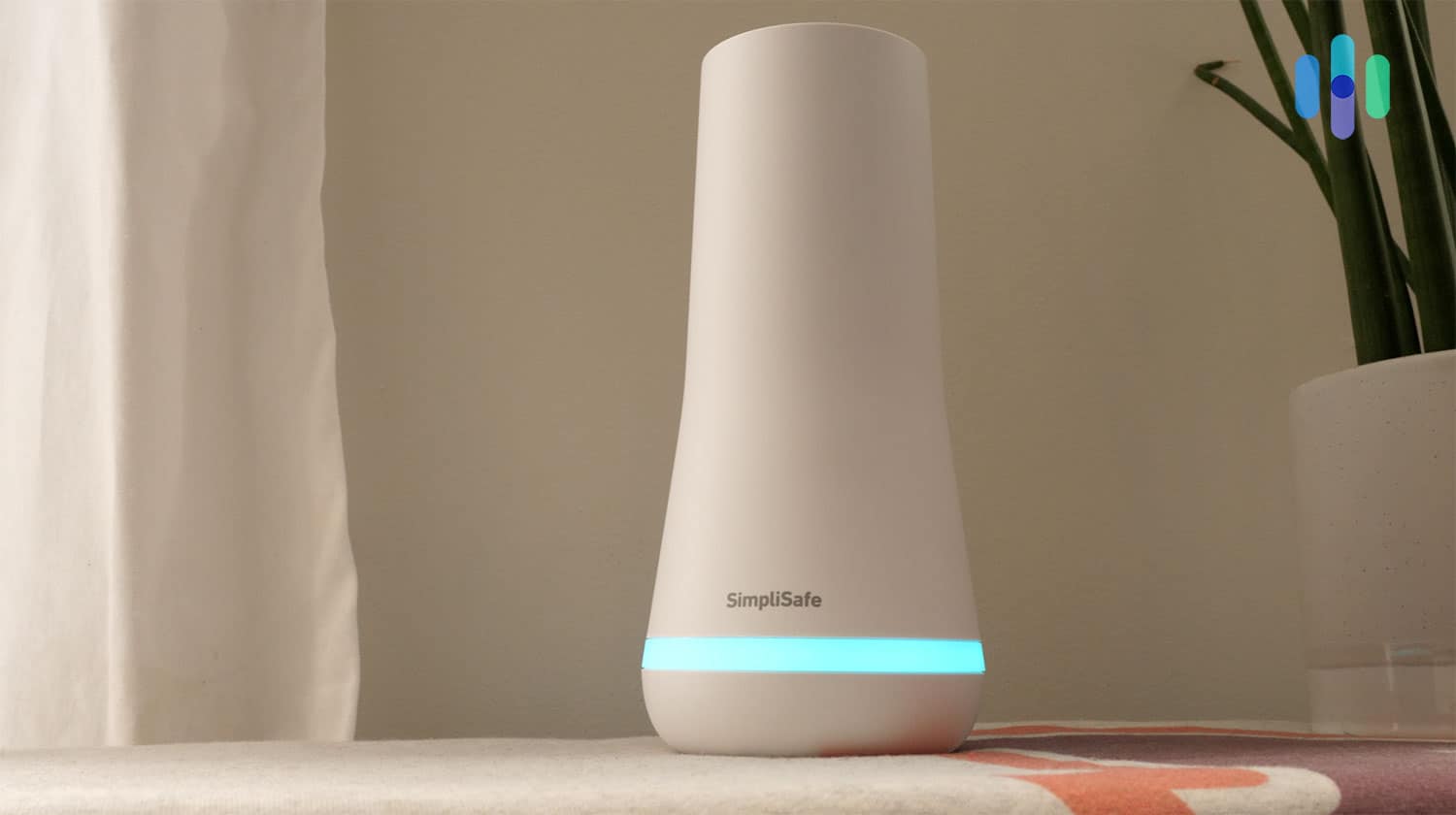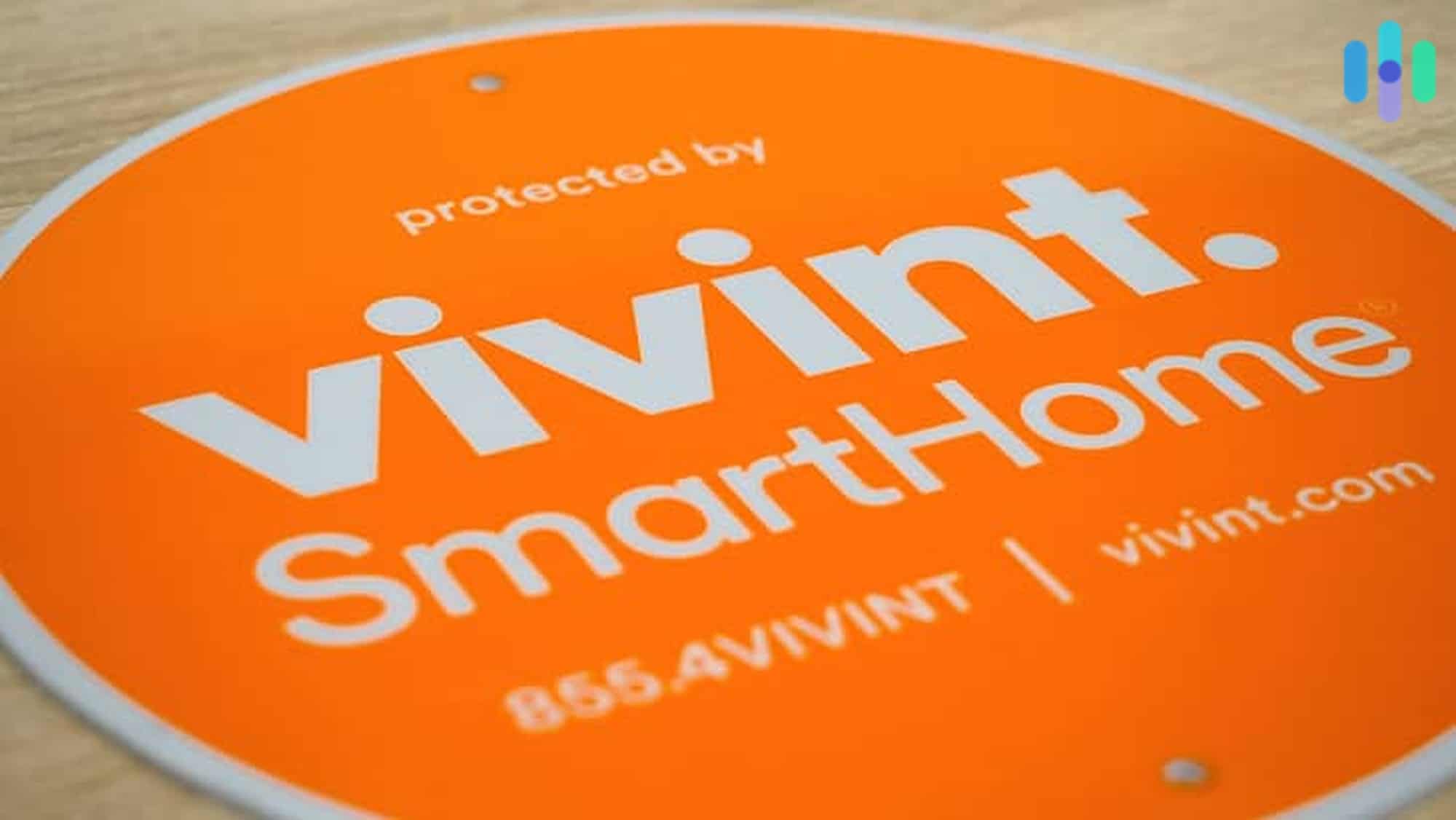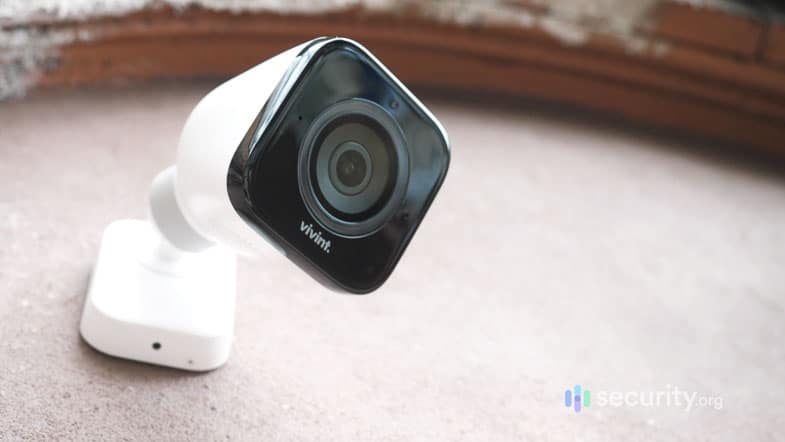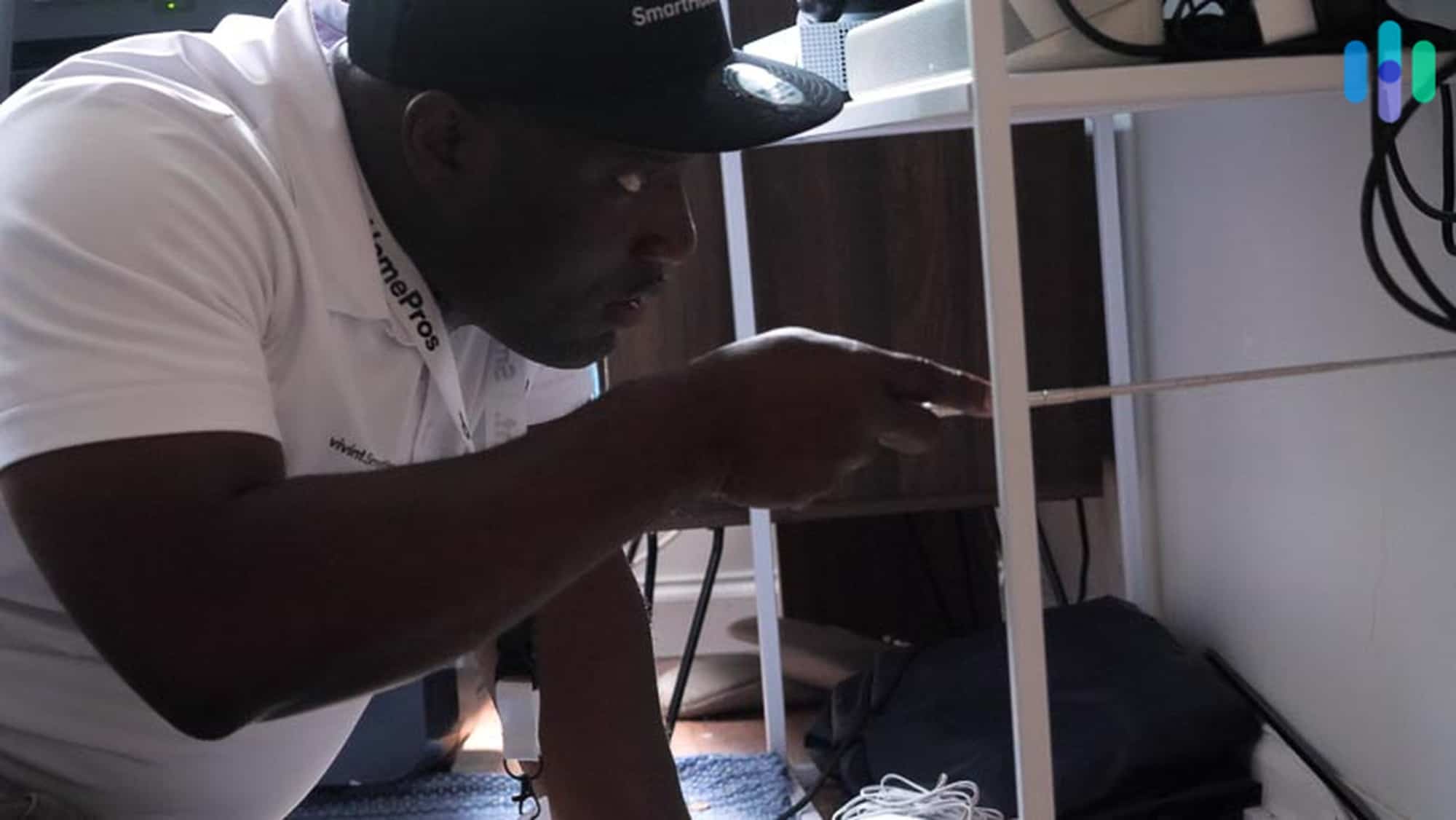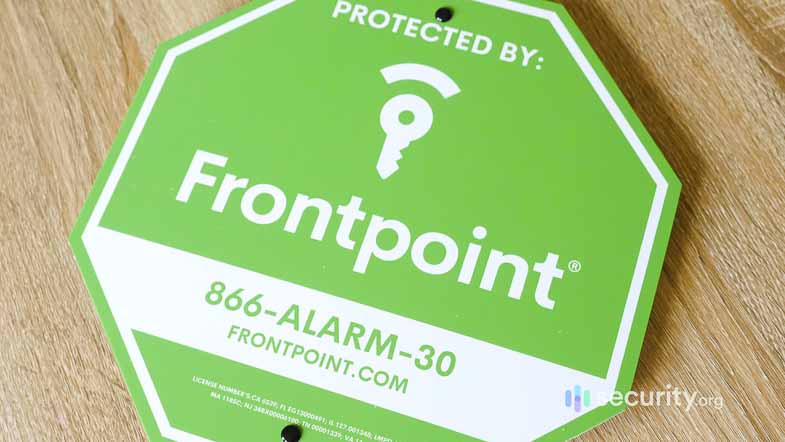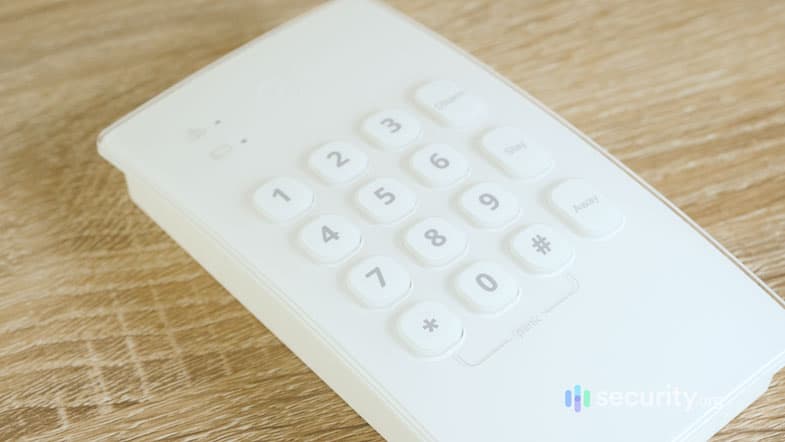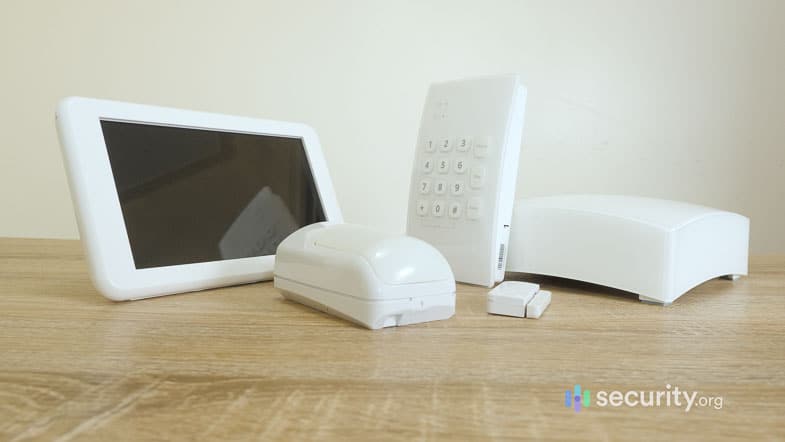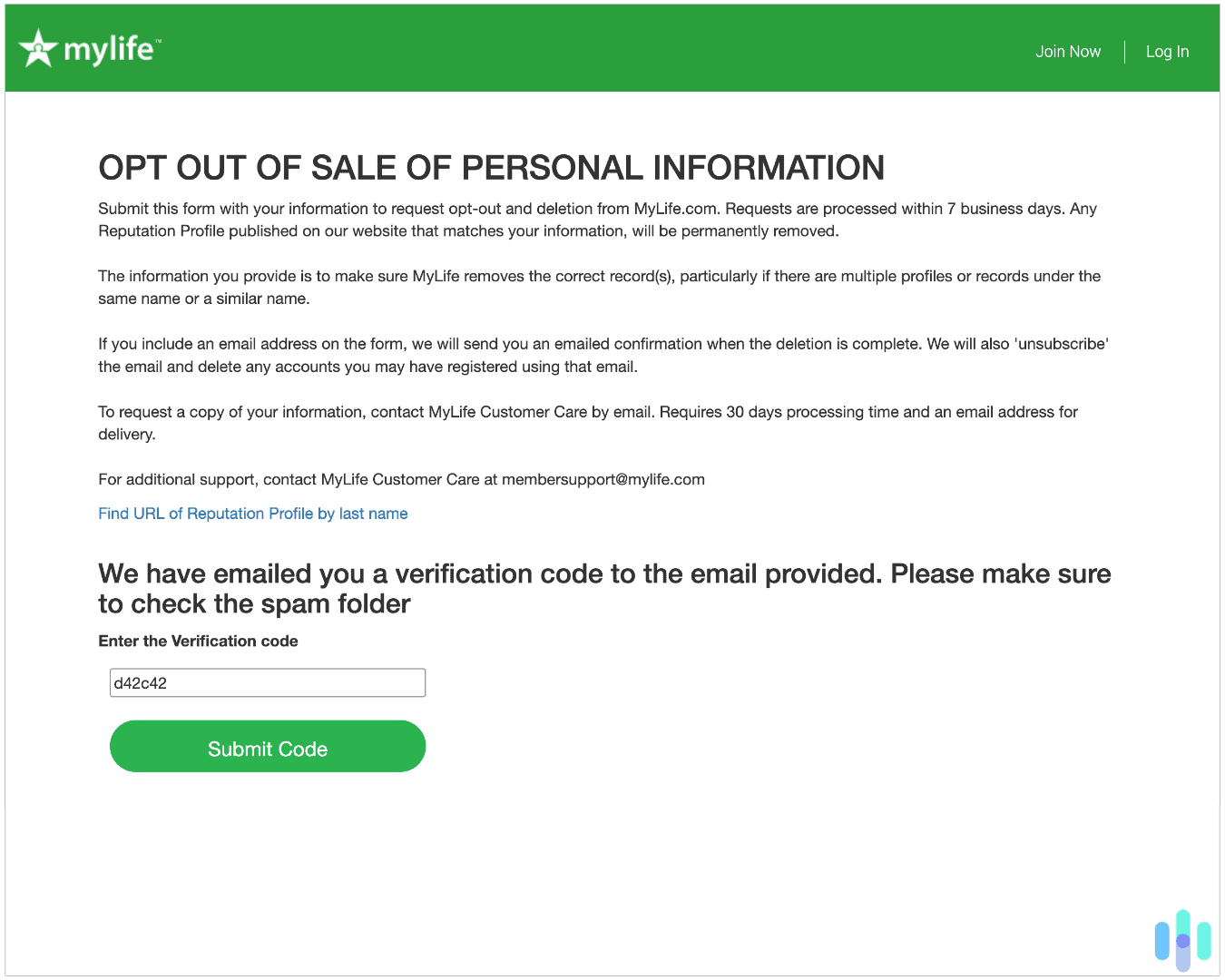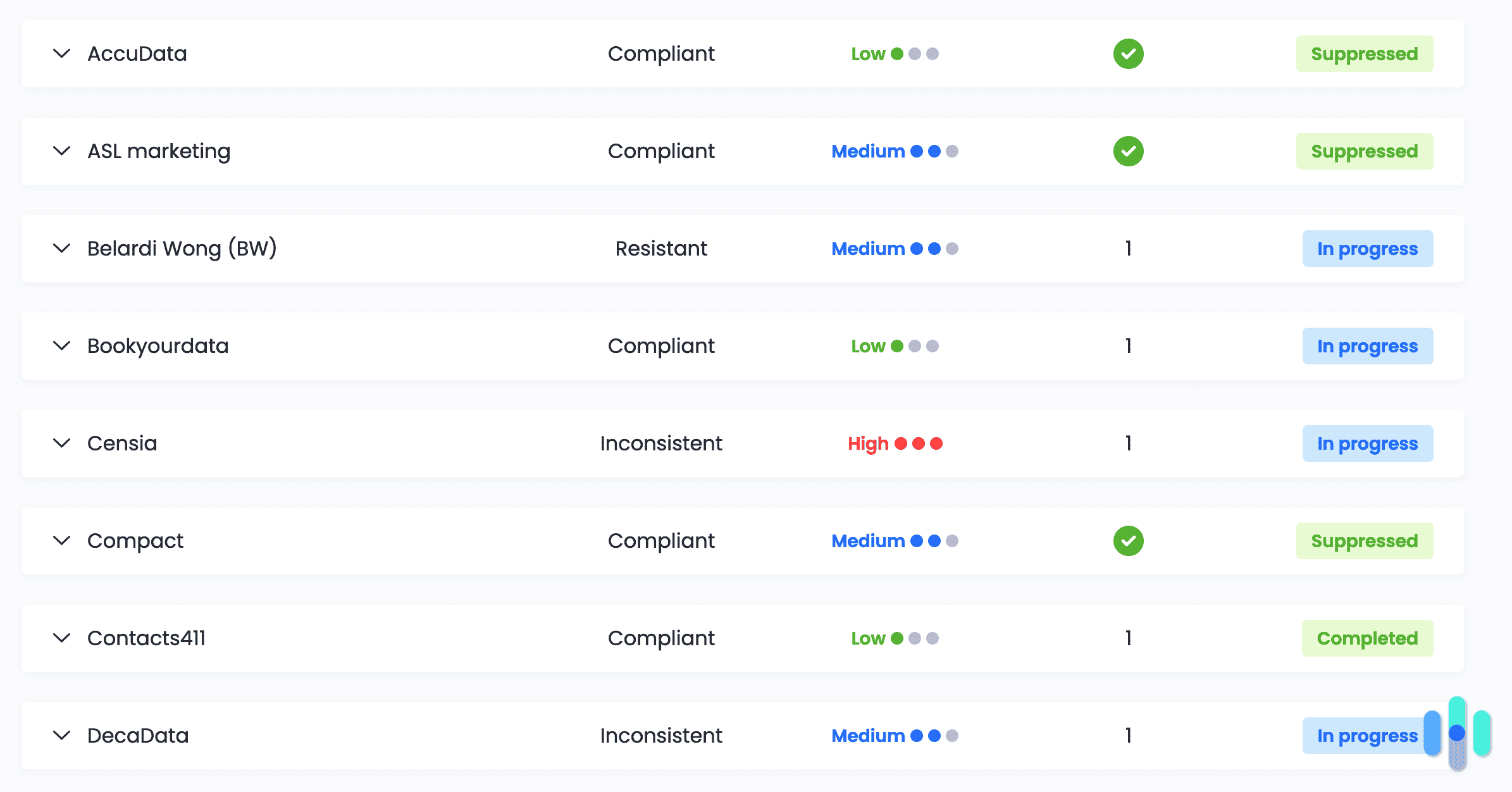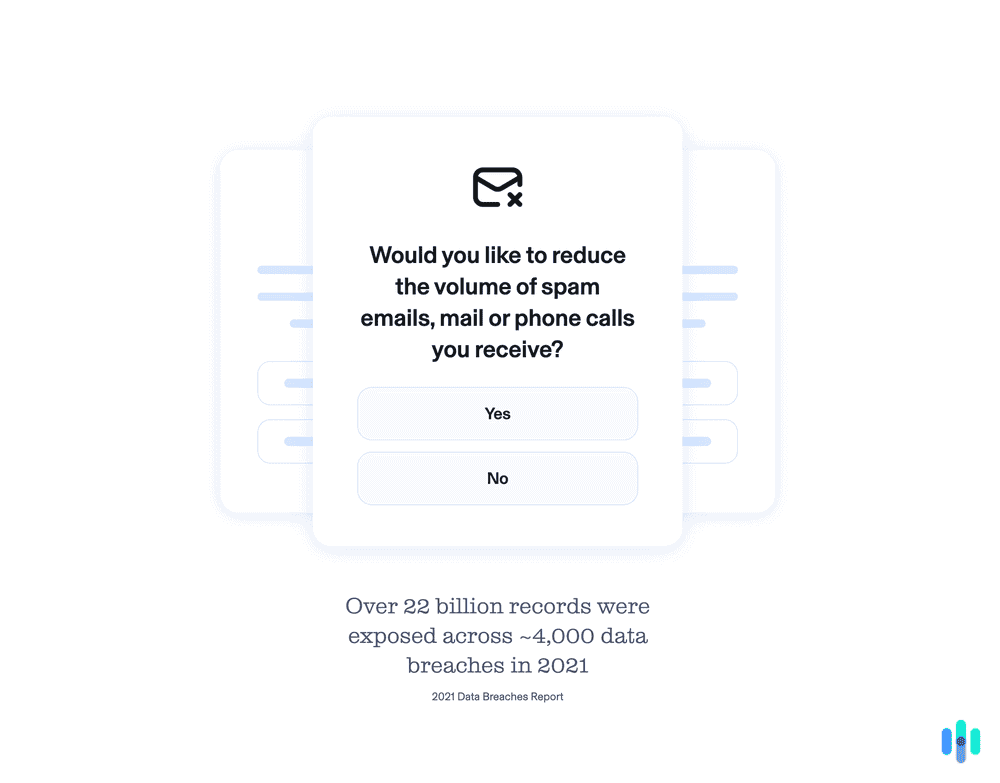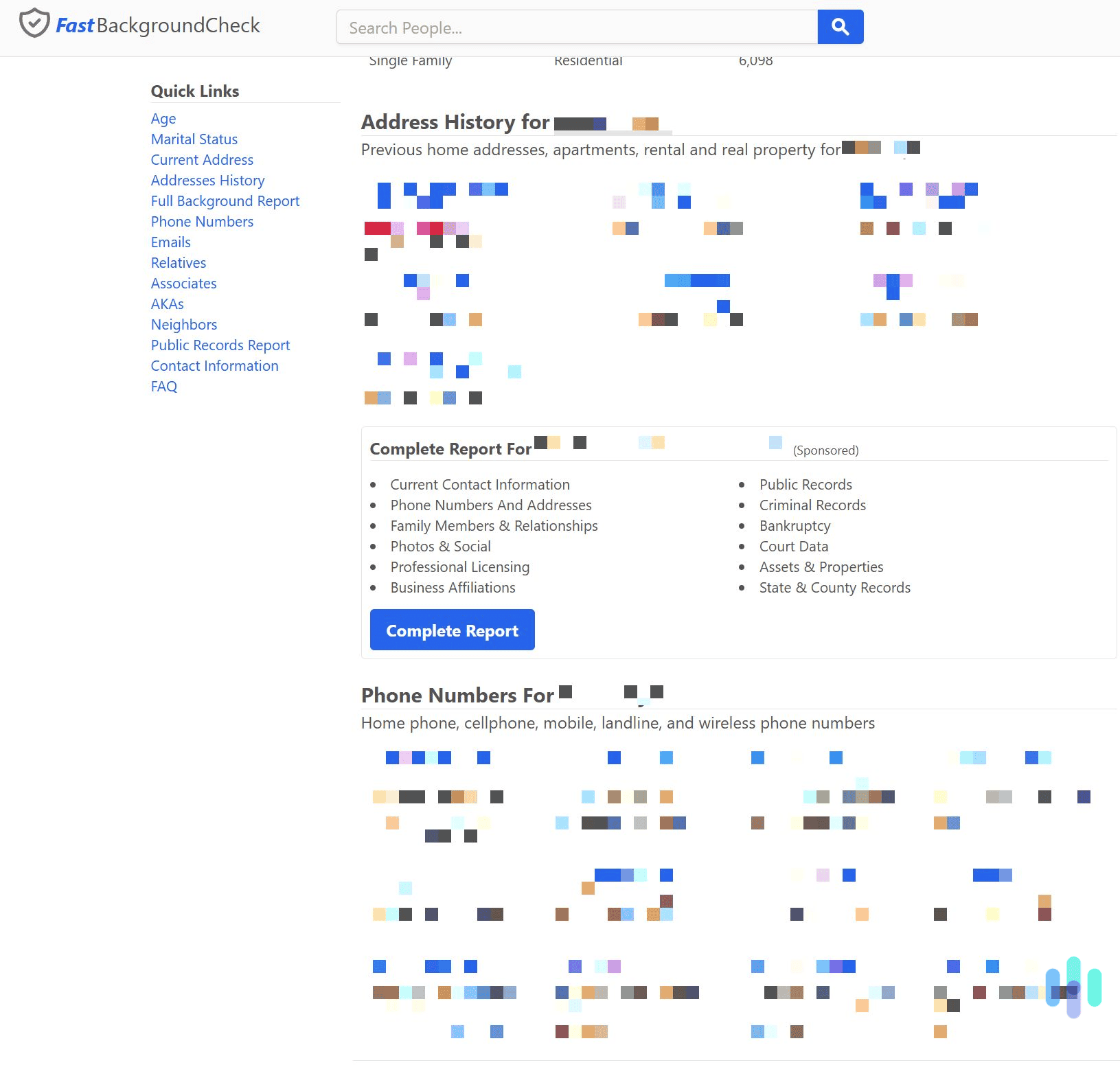Best Wireless Home Security Systems of 2025
Our pick is ADT, which continues to operate during a power outage and is easily scalable if you need more equipment.
- Secure even in a power outage
- Easily scalable
- Powerful professional monitoring adds a layer of security
- All equipment is battery-powered
- Easy DIY Installation
- Next-Gen professional monitoring for immediate response
- Communicates seamlessly with smart home devices
- Battery backup for total reliability
- No moving fees
Can you trust wireless security equipment to protect your home? While the best wired home security systems will continue working if your internet drops out, they’re a hassle to install. Today’s wireless security systems pack built-in safeguards like cellular backup to maintain connectivity even when your Wi-Fi acts up.
After putting over 30 wireless security systems through rigorous testing, including power outage simulations and Wi-Fi stress tests, we found ADT was the most reliable. We also recommend SimpliSafe, Vivint, and Frontpoint as great alternatives. Let’s go through the pros and cons so you can feel confident you’re choosing the best home security system for your needs.
>> Read More: The Best Home Security Systems of 2025
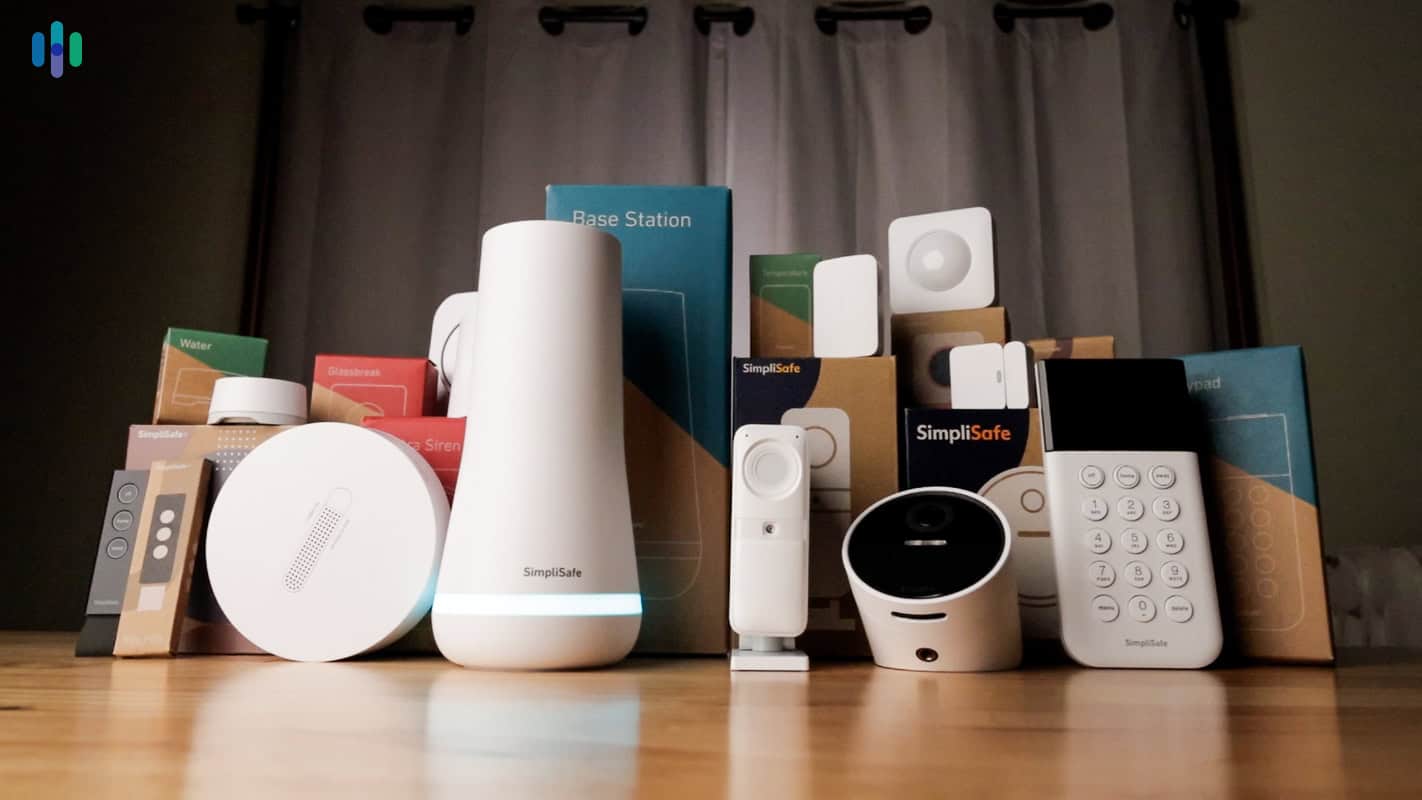
A Comparison of the Best Wireless Home Security Systems
| System |
ADT

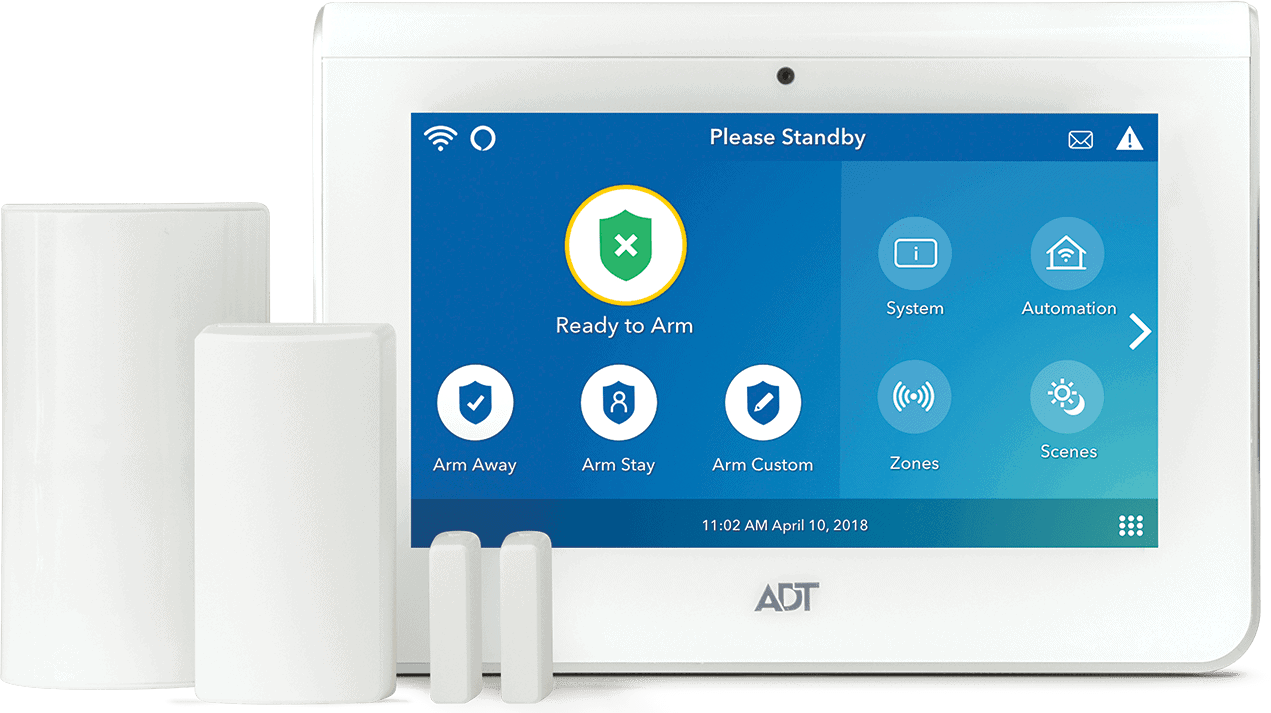
|
SimpliSafe
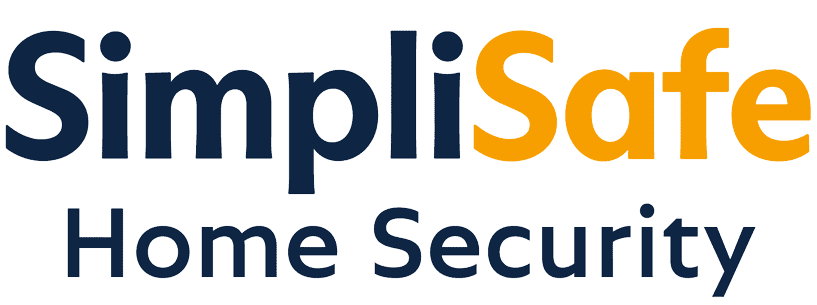
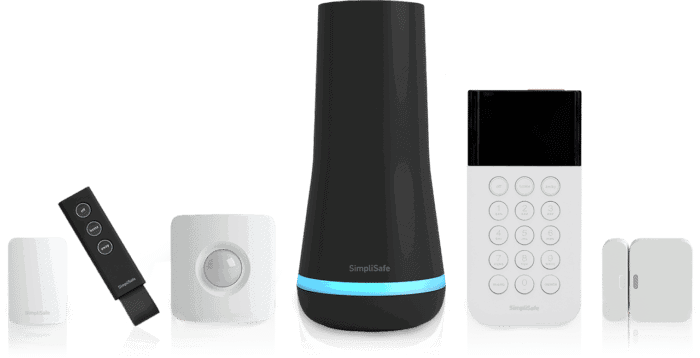
|
Vivint

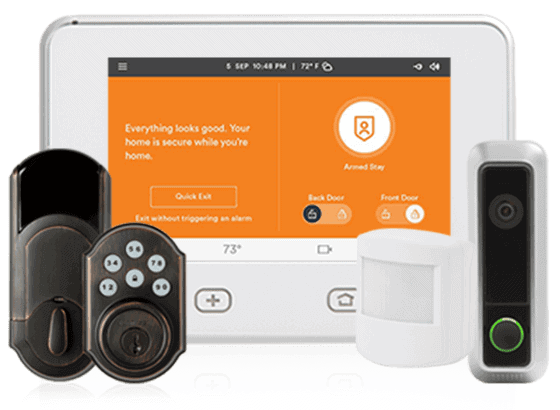
|
Frontpoint

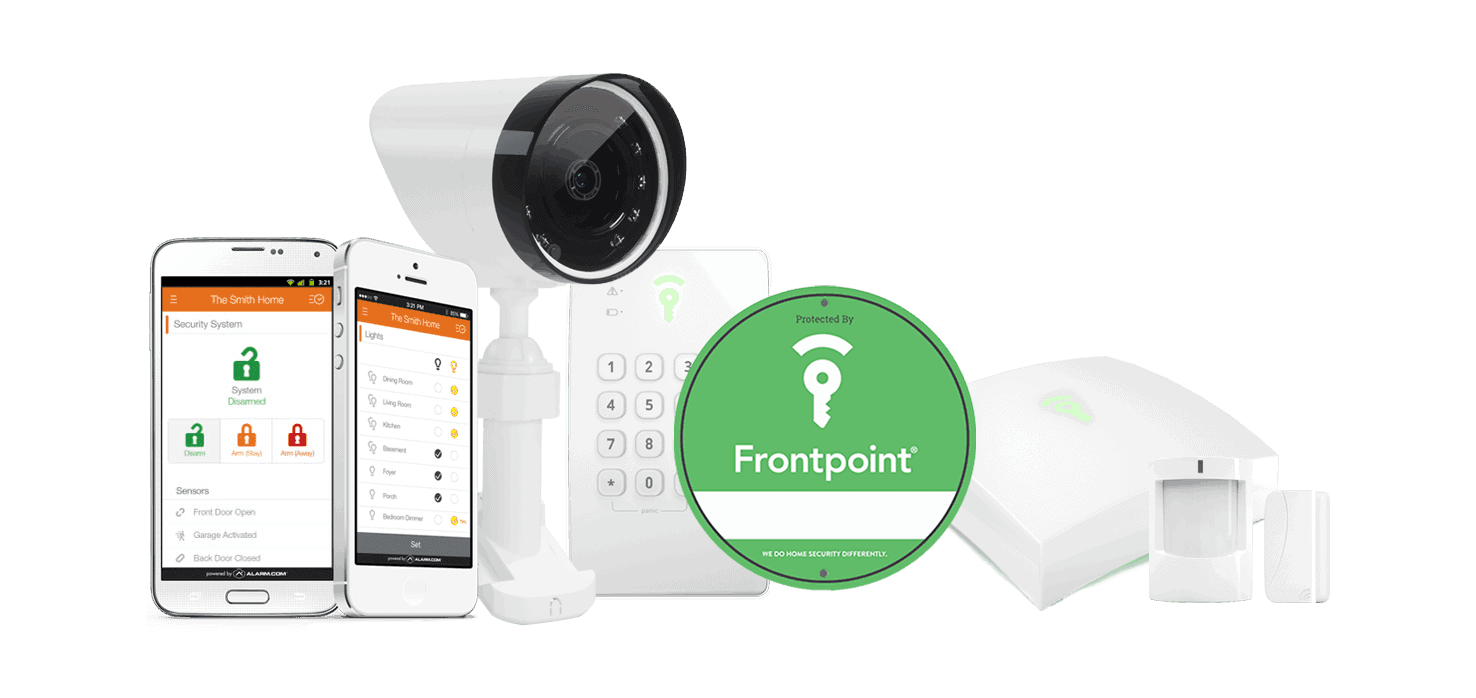
|
|---|---|---|---|---|
| Ranking | 1st | 2nd | 3rd | 4th |
| Ratings | 9.8/10 | 9.8/10 | 9.4/10 | 8.9/10 |
| Installation | Professional or DIY | Professional or DIY | Professional only | DIY only |
| Professional monitoring cost | $24.99 to $49.99 per month | Starts at $21.99 per month | $29 to $49 per month | $14.99 to $49.99 per month |
| Equipment package prices | Starting at $269 | Starting at $250.96 | Starting at $599 | Starting at $386.93 |
| Read Review | ADT Review | SimpliSafe Review | Vivint Review | Frontpoint Review |
The Best Wireless Home Security Systems of 2025
- ADT - Best Professional Monitoring
- SimpliSafe - Best Intrusion Prevention
- Vivint - Best Smart Home Integrations
- Frontpoint - Easiest System to Set Up
-
1. ADT - Best Professional Monitoring
Product Specs
Equipment Costs Packages starting at $269 Monitoring Options Professional and DIY Monthly Monitoring Costs Starting at $24.99 per month Contract Lengths Month-to-month or 36 months and up Installation Options Professional and DIY Smart Platform Integration Alexa and Google Home ADT Overview
Our latest tests of ADT gear included the base station, a wide range of sensors, a smart lock, and even security cameras. ADT offers professional installation for its wireless home security system, or you can do it yourself. We set up an ADT Self Setup system and found it easy to get everything up and running. It even comes with ADT’s 24/7 professional monitoring service.
Pro Tip: We also tested a professionally installed ADT system and found we preferred this option. The technician chose the best places to set up the equipment and tested everything to make sure it worked properly.
What We Like
- Choice between DIY and professional installation
- Professional monitoring redundancy with 12 monitoring locations
- Wireless gear from Google Nest, including Nest Cams
- Extended wireless range of base station (up to 1,100 feet)
What We Don’t Like
- Cost could stack up if you spec up your system
- Professional monitoring can cost as much as $49.99 per month
- Requires a contract for professionally installed systems
ADT Wireless Equipment
The wireless and battery-powered Google Nest Doorbell watching over the outside of our house. Only one of ADT’s equipment requires hardwiring – the Nest Cam with floodlight – and that one connected to our Wi-Fi so it’s still partly wireless. On the other end of the spectrum, the Nest Cam (battery) we tested and the Nest Doorbell both have batteries and are completely wire-free.
Every other device in ADT’s lineup operates wirelessly. During our testing, the motion sensors, door sensors, glass break detectors, smoke alarms, and auxiliary sirens all ran on batteries. The ADT Base hub just needs a power outlet. It then connected to Wi-Fi and then other devices using multiple protocols: Bluetooth Low-Energy for close-range devices, Z-Wave Plus for extended range, and the 1.9 GHz DECT ULE standard for interference-free communication. [https://www.dect-ule.com/standard]
ADT Monitoring
While ADT Self Setup systems can function with self-monitoring, we recommend choosing a professional monitoring plan. During simulated emergencies, ADT’s response averaged 30 seconds, which is on par with the industry standard. If you’re using Nest Cams, the Complete package becomes essential. The plan includes features equivalent to a Nest Aware subscription, like activity zones and facial recognition.
ADT Monitoring Plans Monthly Fee Secure $34.99 Smart $39.99 Complete $49.99 During our testing, the dual-path connectivity proved invaluable. When we simulated a Wi-Fi outage, the system seamlessly switched to 4G LTE cellular backup in under two seconds. This feature is available with all ADT plans and ensures you can always reach the monitoring center.
>> Keep Reading: The Best Professionally Installed Security Systems
ADT Pricing
We recommend placing a door/window sensor on every first-floor door and window, as they are all potential entry points. We found ADT’s pricing well within the average cost of home security systems, but significantly higher than the best affordable security systems. SimpliSafe, for example, charges as low as $31.99 per month even if you have security cameras. Cove remains even more budget-friendly with their premium plan costing just $29.99 monthly.
If you’re not sure where to start, get a basic system for $269 and add the extra equipment you need. Alternatively, ADT offers bundles designed for different uses like front door protection and hazard monitoring. We paid around $800 for our system, and that includes the Nest Cams we added.
Pro Tip: Keep an eye out for ADT deals. During major shopping events like Black Friday, we’ve seen equipment discounts reach 30 percent. Just watch out for the terms and conditions. To learn more, see ADT’s FAQs.
Our Recommendations About ADT
ADT earns our top spot for reliable wireless security. Beyond the cellular and battery backup systems, their infrastructure is impressive. The 12 monitoring centers operate with full redundancy, including backup generators, duplicate communication lines, and real-time failover capabilities that kick in within seconds.
Something to Consider: ADT is in the middle ground in terms of cost. If you want something cheaper, our next pick, SimpliSafe is a great ADT alternative. It’s also one of the best self-monitored security systems, which means there are no required monthly fees.
-
2. SimpliSafe - Best Intrusion Prevention
Product Specs
Equipment Costs Packages starting at $250.96 Monitoring Options Professional and DIY Monthly Monitoring Costs Starts at $21.99 per month Contract Lengths Month-to-month Installation Options DIY or professional Smart Platform Integration Alexa and Google Home SimpliSafe Overview
We bought every component that SimpliSafe offers so we could test out their full system. SimpliSafe started as a security system for renters. Now it’s just as good a security system for apartments as it is for large homes, largely thanks to their new intrusion protection features. Their Core, Pro, and Pro Plus plans now feature active monitoring, where agents can verify threats through your cameras and actively intervene. They warn intruders they’re being watched and recorded before sounding sirens and dispatching police. This also makes SimpliSafe one of the best security systems for businesses.
FYI: SimpliSafe’s monitoring prices have increased over the years. The Standard plan jumped from $17.99 to $21.99, while new premium tiers were added at higher price points.
What We Like
- No contracts
- Real-time agent intervention
- Affordable prices with regular discounts
- 60-day money-back guarantee
What We Don’t Like
- Video doorbell requires hardwiring
- Monitoring price increases regularly
- All systems require an analog keypad
- Intruder Intervention feature is only available for the premium Wireless Indoor Camera
SimpliSafe Wireless Equipment
SimpliSafe’s equipment lineup is almost entirely wireless, with one exception. The Video Doorbell Pro requires connection to existing doorbell wiring, though it does support Wi-Fi connectivity. During our installation, this took about 20 minutes compared to the five minute setup for battery-powered alternatives.
The entire SimpliSafe equipment catalog is wireless except for the video doorbell. Fortunately, we were able to connect it to our existing doorbell wiring, so it was straightforward. It wasn’t as easy as setting up the battery-powered Nest Doorbell we got for our ADT system, but it’s not a dealbreaker.
>> Learn More: Best Security System With Apps
Arming SimpliSafe using the non-touch screen keypad proved to be a hassle at times. SimpliSafe Monitoring
SimpliSafe offers some of the most advanced monitoring we’ve tested on a month-to-month basis making them one of the best no-contract security systems. Their tiered approach means you can scale monitoring based on your needs and budget:
SimpliSafe Monitoring Plans Monthly Fee Self-Monitoring with Cloud Storage $9.99 Standard Monitoring $21.99 Core Monitoring $31.99 Pro Monitoring $49.99 Pro Plus Monitoring $79.99 We strongly recommend the Core plan or higher to access Intruder Intervention features. During our tests, agents intervened within 10 seconds of detecting suspicious activities. Just keep in mind these features require the Wireless Indoor Camera and Outdoor Camera.
>> Read About: Best No Monthly Fee Home Security Systems in 2025
SimpliSafe Pricing
When you compare SimpliSafe and ADT prices, SimpliSafe is clearly more affordable. Sure, their Pro Plus monitoring plan costs more than any ADT monitoring plan, but that’s not required and every other aspect of SimpliSafe’s pricing is lower.
ADT also offers features like facial recognition and smart home automation, so it’s not comparing apples to apples. If you compare SimpliSafe’s costs to Cove’s pricing, SimpliSafe is the premium choice. You can snag a Cove starter bundle for under $200, while SimpliSafe’s equivalent package runs $250. In our testing, we found that SimpliSafe’s sensors are more advanced and are built better.
Pro Tip: SimpliSafe often runs deals throughout the year, with savings up to 60 percent off. We recommend waiting for SimpliSafe’s Black Friday sale, which often brings the biggest discounts with free equipment thrown in.
Our Recommendations About SimpliSafe
Our SimpliSafe base station (pictured above) keeps our system connected to SimpliSafe’s monitoring centers. If you want premium monitoring with flexibility, we recommend SimpliSafe. Their no-contract approach lets you switch to their expensive active monitoring plans when needed and then switch back to basic monitoring or self-monitoring to keep your budget in check.
-
3. Vivint - Best Smart Home Integrations
Product Specs
Equipment costs Starting at $599 Monitoring options Professional Monthly monitoring costs Starting from $30 per month Contract lengths Starting at 42 months Installation options Professional Smart platform integration Alexa and Google Home Vivint Overview
Vivint’s bright orange sign stood out clearly in our front yard warning burglars that our home is protected. Vivint’s wireless security system is state-of-the-art, featuring advanced home automation and burglar-deterrent features. The Vivint Outdoor Camera Pro we tested uses the latest technology to detect threats before scaring them off with a bright spotlight and a loud siren.
>> Compare: Vivint vs. ADT
Did You Know: Enhanced street lighting has been shown to decrease criminal activity in several studies.2 That’s why we consider the automated spotlight in the Vivint Outdoor Camera Pro to be so effective.
What We Like
- Hybrid wireless approach ensures a strong Wi-Fi connection to outdoor cameras
- Strong automation capabilities that prioritize security
- 4K HDR cameras with enhanced night vision
- High-quality mobile app
What We Don’t Like
- Expensive equipment with packages starting at $599
- All systems require a professional monitoring subscription
- Free installation is only available with certain deals
- Pricing is not transparent
Vivint Wireless Equipment
Most of Vivint’s equipment is wireless, except for the Outdoor Camera Pro and Spotlight Pro. The Outdoor Camera Pro needs a Wi-Fi cable to ensure a strong internet connection, and the Spotlight Pro connects to it to draw power. Neither requires a hardwired connection like similar camera lights from Ring.
Thankfully, we didn’t need to stress over how we were going to make this work. All Vivint home security systems require professional installation. Our technician used specialized tools and weather-sealed connections, completing what would have been a weekend DIY project for us in a few hours.
>> Read More: The Best Home Security Systems for Google Home
The Outdoor Camera Pro was our favorite Vivint gear thanks to its AI-powered detection and ability to deter criminals. Vivint Monitoring
Vivint’s monitoring service gets you cellular backup and around-the-clock monitoring by Vivint’s two monitoring centers. It’s not as many as ADT has, but we found it almost as reliable, although Vivint costs a bit more.
We should point out that Vivint’s monitoring plan also includes 10 days of continuous recording for its latest generation of cameras. To get that from ADT, you’d need to purchase a separate Nest Aware Plus subscription from Google.
>> Read More: Vivint Sales and Deals
Vivint Pricing
Our Vivint technician had all sorts of specialized tools for installing our system. Similar to ADT, the primary drawback of Vivint is the eye-watering price. It’s possible to start for as low as $599, but the bills quickly pile up as soon as you start adding security cameras and home automation gadgets. And let’s face it, a starting price of $599 is awfully high. Comparing Vivint to SimpliSafe, that’s over double the price.
Beyond steep equipment costs, Vivint requires professional monitoring at $30 to $50 per month. Unlike ADT or SimpliSafe that allow self-monitoring, Vivint equipment becomes non-functional without an active plan, essentially turning your investment into expensive paperweights.
>> Learn More: Best Security Systems for Large Homes
Heads Up: Vivint’s contracts run 42 to 60 months with applicable early termination fees. There’s also a three-day cancellation window, which pales in comparison to SimpliSafe’s 60-day and ADT’s six-month satisfaction guarantees.
Our Recommendations About Vivint
Vivint suits anyone looking fora high-tech security system. Their AI-powered cameras prevented incidents during testing. The Outdoor Camera Pro scared off a suspicious individual before they even approached our door. If you can afford the premium pricing and handle the long commitment, you’ll own one of the most intelligent wireless security systems available.
-
4. Frontpoint - Easiest System to Set Up
Product Specs
Equipment Costs Starting at $69.00 Monitoring Options Professional only Monthly Monitoring Costs Starting at $14.99 Contract Lengths 1-36 months Installation Options DIY Smart Platform Integration Alexa and Google Home Frontpoint Overview
While Frontpoint’s green sign looks nice, it doesn’t stand out as much as the orange Vivint sign or blue ADT sign. Frontpoint was one of the smoothest DIY installations we’ve tested. Each component arrived pre-paired to the hub with placement stickers and QR codes for instant app pairing. Our full eight-piece system installation was up and running in 22 minutes. Most of that time was spent deciding where to place sensors.
Compare Options: Frontpoint vs. Ring
Did You Know: Frontpoint’s not the only cost-effective DIY security system to offer impressive home automation capabilities. We were similarly impressed when testing abode’s CUE automation system.
What We Like
- Straightforward installation process for all components
- Affordable equipment with packages starting at $69
- Impressive home automation capabilities
- Helpful customer service
What We Don’t Like
- Required monitoring that’s comparatively expensive
- Purchasing a lower tier monitoring plan requires a phone call
- Constant sales makes pricing confusing
- Analog keypad required even if you buy a touchscreen control panel
Frontpoint Wireless Equipment
Almost all of Frontpoint’s equipment is wireless. They offer a wired video doorbell, but it also comes in a wireless configuration. It costs more and has a slightly lower field-of-view. We understand it costing more, but we wish it had the same 180-degree field-of-view as the wired one. That limitation prevented ours from seeing our packages, although it’d be able to see a porch pirate running off.
Their Premium Outdoor Camera also breaks the wireless rule. It plugs into any outdoor outlet rather than requiring electrical work. On the plus side, it delivered consistent power for features like color night vision that battery-powered alternatives struggle to maintain.
>> Learn More: Frontpoint Frequently Asked Questions
Frontpoint forced us to buy an analog keypad. Frontpoint Monitoring
Frontpoint’s monitoring structure is frustrating to navigate. While they advertise comprehensive Ultimate Monitoring online, they do have more affordable options. However, these options require a call to their sales department. Here’s their pricing:
Frontpoint Monitoring Plans Monthly Price Video-Only $14.99 Interactive Monitoring $45.99 Ultimate Monitoring $49.99 Frontpoint Pricing
Pricing for Frontpoint’s equipment is great. They offer some of the best value in the industry with basic systems consisting of two entry sensors, a base station, and a keypad costing under $70. Add a wireless doorbell camera and that price only goes up by $90. That’s even lower than SimpliSafe’s prices.
Frontpoint’s monitoring structure is frustrating to navigate. While they advertise comprehensive Ultimate Monitoring online, they do have more affordable options. However, these options require a call to their sales department. Here’s their pricing:
>> Compare: SimpliSafe Vs Frontpoint
We added the touchscreen control panel to our Frontpoint system so we didn’t need to use the analog keypad. Our Recommendations About Frontpoint
Frontpoint is great for DIY enthusiasts. The 20-minute setup frees your weekend for playing with their automation rules – like having lights flash when motion is detected. Just prepare for sales tactics when accessing their affordable monitoring tiers.
How Do Wireless Security Systems Work?
Wireless security systems typically connect devices together using a wireless protocol. This could include Wi-Fi, Bluetooth, or cellular data, although some use a proprietary radio frequency to make their devices talk. Internet-connected systems are the most common, with some offering cellular backup for reliability.
The wireless protocol also connects the system to professional monitoring centers. This allows agents to respond to alerts and dispatch help. Using a control panel or mobile app, you can control the components, arm and disarm the system, and perform other vital functions. These devices also let you know when batteries get low.
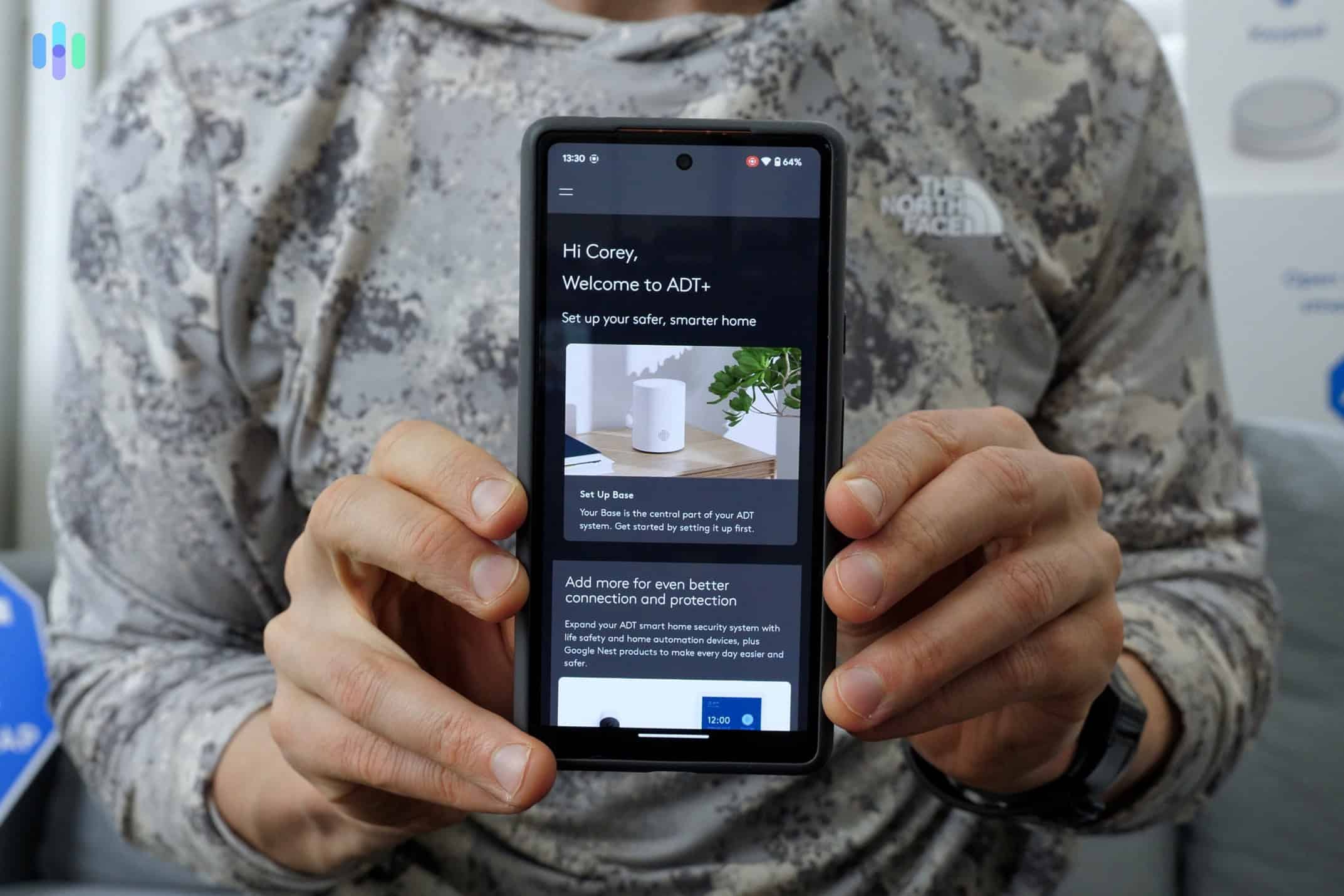
Are There Benefits to Using a Wireless Home Security System?
Wireless systems are reliable when properly configured. Our power outage tests showed systems with cellular backup maintained full functionality for up to 72 hours on battery power alone.
Back in the day when we first started testing home security systems, the only thing a thief had to do to disable your alarm system was cut your landline — a pretty simple task for anyone handy with a pair of bolt cutters. Now, with data traveling over Wi-Fi and cellular backups, nothing — not even power outages — will take out your system. That’s pretty handy.
What Are the Drawbacks of Using a Wireless Home Security System?
Battery anxiety tops our concern list. While manufacturers claim three to five year battery life, our real-world testing showed high-traffic sensors needed replacement every two years. Cold climates can reduce this further.
You also need to consider the professional monitoring costs. Landline systems are cheaper to monitor, as cellular systems cost about $10 more per month for network access.
Methodology: How We Test Wireless Security Systems
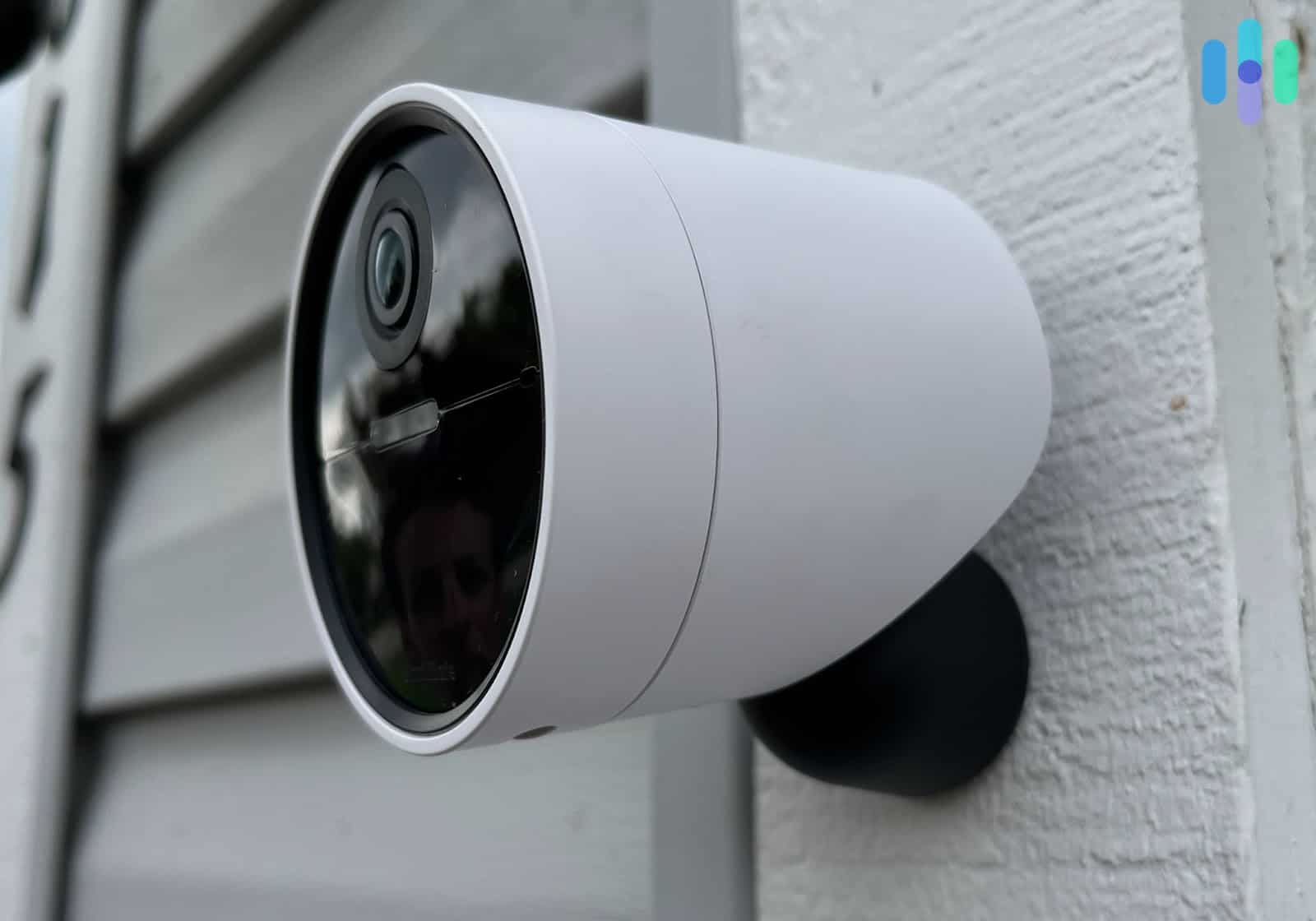
Our testing protocol spans three to six months per system, simulating real-world conditions homeowners actually face. We deliberately stress-test each system’s wireless capabilities by staging Wi-Fi outages, running interference tests with other smart home devices, and measuring battery drain in various temperatures.
- Wireless Protocol: We measure actual range versus advertised claims, test penetration through various building materials, and verify encryption standards meet current cybersecurity best practices.
- Equipment: Beyond basic sensors, we evaluate response times, false alarm rates, and integration with third-party devices. Environmental sensors undergo specific tests including controlled smoke and water detection accuracy.
- Monitoring: We trigger actual alarms to measure response times, test escalation procedures, and verify two-way communication quality.
- Contracts: Some providers require a contract of up to three years with hefty cancellation fees. While that doesn’t prevent a provider from getting on our list, it’s definitely a downside.
- Price: Total costs include equipment, installation, monitoring, battery replacements, and potential early termination fees over a five-year period.
Each test involves multiple team members with combined 40+ years experience in home security. We also validate findings against industry standards, interview current users, and consult with law enforcement professionals about real-world effectiveness.
Final Thoughts
Assuming you have a solid internet connection, we always recommend wireless security systems. They’re more convenient and reliable. Plus, they add safety features that aren’t possible with hardwired systems like remotely viewing your security camera footage.
Our favorite wireless security systems are ADT, SimpliSafe, Vivint, and Frontpoint. Which one is best for you depends on your specific circumstances. ADT offers the best monitoring. SimpliSafe makes the best DIY system with active guard protections. Vivint’s smart home capabilities are unmatched. And Frontpoint offers the lowest cost equipment.
FAQs About Wireless Home Security Systems
Let's go over some of the questions I get asked most frequently.
-
How reliable are wireless home security systems?
How reliable a wireless security system is really depends on the company it comes from, as well as its wireless protocol and mobile application. Less-reliable systems rely purely on Wi-Fi, which can go out, or have buggy mobile applications that can lose connectivity to the wireless components.
-
Do I need a home security system?
You don’t need a home security system, but you don’t have to lock your doors at night either. A burglary happens almost every 30 seconds in the U.S., and unless you’re taking proactive measures to protect yourself, you may become a victim.
-
Are home security systems expensive?
Entry-level DIY systems now start under $200 with monitoring from $15 monthly. Advanced systems average $600 to 1,500 upfront.
-
Can I install a home security system myself?
Absolutely. Modern DIY home security providers make it extremely easy to install an alarm system in your home. Most of the time, you won’t even need power tools. If you can stick a magnet to a fridge, you can set up a SimpliSafe motion sensor.
-
Do home security systems require monthly fees?
Self-monitoring is possible but risky. You may miss alerts while sleeping or away, for example. Professional monitoring costs $15 to $50 monthly but includes cellular backup, video verification, and automatic emergency dispatch.
-
DECT ULE. (2025). Standard and Certification.
https://www.dect-ule.com/standard -
The American Society of Criminology. (2022). The impact and policy relevance of street lighting for crime prevention: A systematic review based on a half-century of evaluation research. https://onlinelibrary.wiley.com/doi/10.1111/1745-9133.12585
-
Engineering Mathematics and Computer Science (EMACS) Journal. (2021). WiFi Signal Strength Degradation Over Different Building Materials. https://www.researchgate.net/publication/355305200_WiFi_Signal_Strength_Degradation_Over_Different_Building_Materials


